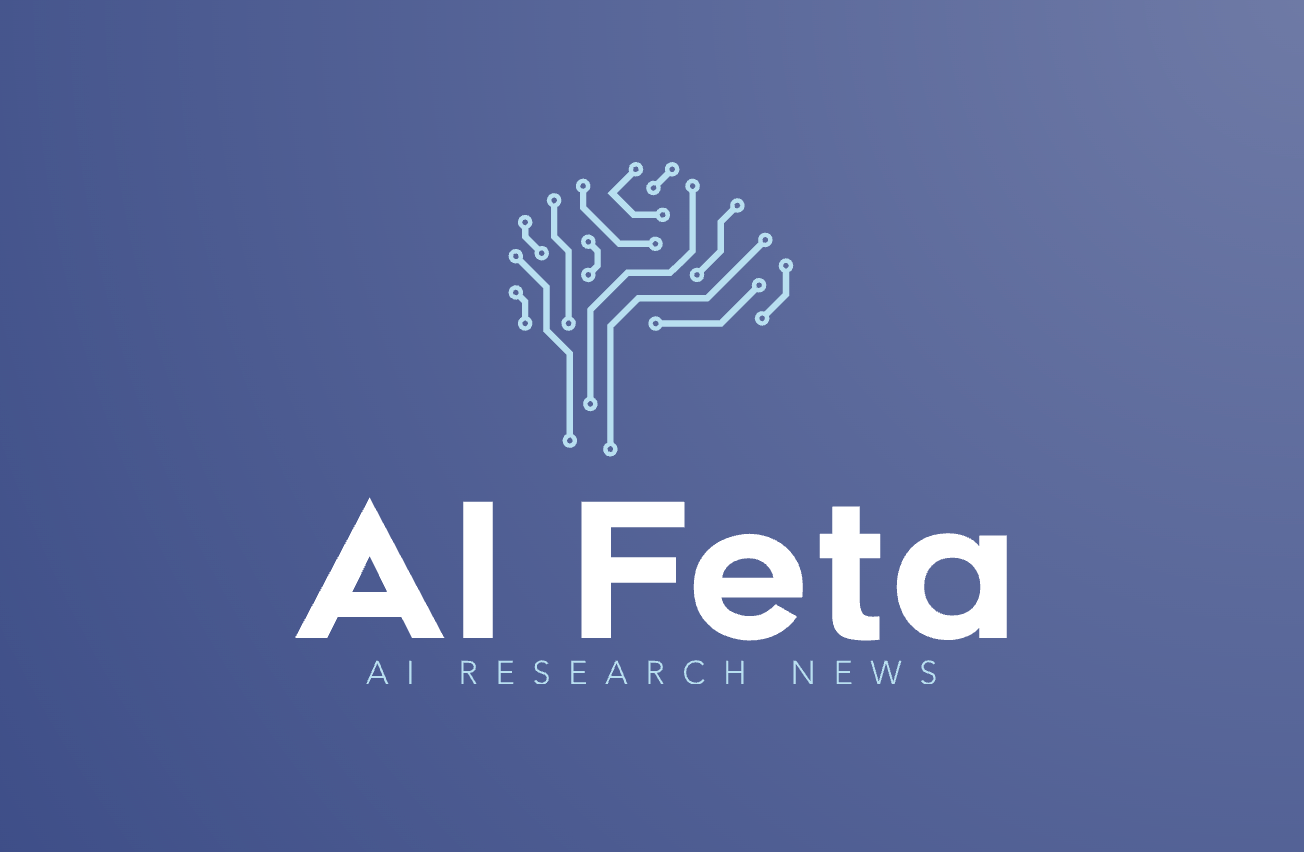REMA: A Unified Reasoning Manifold Framework for Interpreting Large Language Model
Diagnosing LLM reasoning failures via geometric deviation from a manifold of success
Why do large language models succeed on some reasoning chains and fail on others? REMA introduces a compelling geometric perspective: the Reasoning Manifold—an emergent, low-dimensional structure formed by internal representations associated with correct multi-step reasoning. Errors, in this view, are measurable deviations from that manifold.
REMA operationalizes this insight in two steps. First, it quantifies how far an erroneous sample’s internal states deviate from the manifold of correct samples using a k-nearest-neighbors distance to an approximated manifold. This serves as a unified failure signal across tasks and models. Second, it localizes where the failure begins by tracking the deviation layer-by-layer and comparing it against a baseline of internal fluctuations observed in correct reasoning, revealing the divergence point where the chain starts to go off-track.
- Unified metric: a geometry-driven signal that separates correct from erroneous trajectories.
- Layer-wise localization: identifies the earliest divergence layers for targeted diagnosis.
- General across modalities: validated on diverse language and multimodal tasks and models.
Experiments show the manifold is low-dimensional and that correct versus incorrect representations are highly separable, enabling actionable diagnosis. For practitioners, REMA offers new tools to monitor, predict, and potentially intervene in reasoning behavior—moving beyond output-only evaluation to introspect the model’s internal computational pathways.
By tying abstract reasoning failures to concrete geometric deviations, REMA provides a principled bridge between interpretability research and practical reliability engineering for next-generation LLMs.
Paper: http://arxiv.org/abs/2509.22518v1
Register: https://www.AiFeta.com
#LLM #Interpretability #Reasoning #EmbeddingManifold #AIAlignment #Diagnostics #AIResearch
